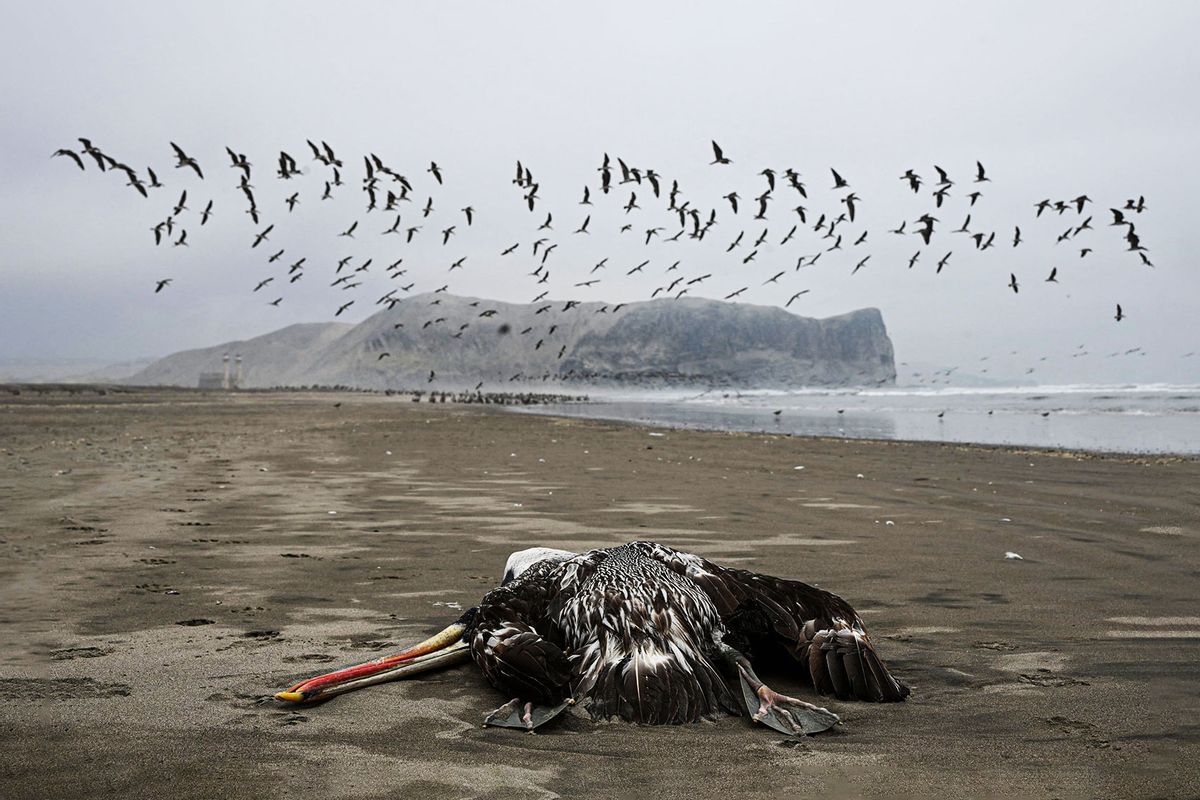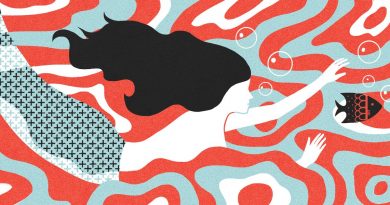Why everyone is suddenly freaking out about bird flu

An avian disease that is spreading and killing tons of birds is more frequently making the jump to mammals, which has health experts appropriately concerned. So far, the risk to humans of so-called avian influenza is relatively low, experts say — but they also warn that could change. And if things were to intensify, we’d have another pandemic on top of the current COVID pandemic.
The virus is called H5N1, sometimes known as “bird flu.” It mutates quickly and is highly virulent, meaning it can cause severe illness and death. Humans can catch it too, though this is rare, with symptoms ranging from mild flu-like upper respiratory issues to pneumonia requiring hospitalization. Death is uncommon, but it happens.
Because the vast majority of people have no immunity to H5N1, a lot of people could potentially catch and spread it, creating another pandemic similar to COVID, which has not ended despite a diminished public health response. Even if we avoid a bird flu pandemic in humans, which luckily has been the case historically, if the outbreak in animals worsens it could put further strain on an already stressed agricultural sector.
H5N1 is part of the reason why egg prices are so out of control in the United States lately. In February 2022, an outbreak of H5N1 hit the poultry industry, killing about 27 million egg-laying chickens in just six months. As of this month, that number has more than doubled, according to the Centers for Disease Control and Prevention. Coupled with overall inflation, the number of dead chickens has sent the cost of eggs soaring. But if this virus starts spreading among humans, what we eat with our toast will be the least of our worries.
The virus is rapidly spreading in other parts of the world as well, notably in Peru, where authorities have been battling outbreaks since last year. Recently, about 55,000 wild birds have succumbed to the disease. Penguins, pelicans, vultures and various gulls have all been susceptible. Even more worrying, the virus is jumping from birds to mammals more frequently. On Tuesday, Peru’s government said H5N1 had killed about 585 sea lions. Locals are being advised not to touch dead animals.
The jump from birds to mammals is especially concerning because that raises the risk of humans catching it. Our bodies and immune systems are pretty different from birds, so when humans do catch H5N1, we usually have a hard time spreading it to other humans. That’s because the virus has evolved to specifically infect bird cells. It’s not very efficient at attacking our mammalian cells, so therefore it fizzles out before it gets too far.
When a virus jumps from animals to humans, it’s known as zoonosis. It’s a big problem with SARS-CoV-2, the virus that causes COVID, because that means no matter how hard we try to stamp out the pathogen, there will likely always be populations of wild animals that can spread it back to us again. COVID is still a far bigger threat than bird flu because it targets a cell receptor, ACE2, that is found in many different animals. One study found that more than 400 different species have this receptor, including many birds, reptiles and fish, making them susceptible to COVID infection.
Every time a virus reproduces, using the genetic material of other living microorganisms, it does so pretty sloppily. These mistakes or mutations can help the virus or not. If a virus gets a mutation that helps it breed better, that’s a big problem for hosts. As we’re witnessing, H5N1 is making this leap more and more in mammals, giving it plenty more opportunities to develop ways of making humans not only sick but highly contagious. Unfortunately, we’re seeing a lot more cases of mammalian infection across the globe.
Want more health and science stories in your inbox? Subscribe to Salon’s weekly newsletter The Vulgar Scientist.
Across North America, a whole host of dead or euthanized mammals have tested positive for the virus, including skunks, foxes, otters, grizzly bears, coyotes and at least one tiger. Minks, those weasel-like creatures that are farmed for their fur (but really, really should not be) have also been catching large amounts of H5N1. Last October in Spain, an outbreaks of H5N1 among farmed mink resulted in nearly 52,000 mink being euthanized. The animals were housed in wire cages placed in rows, which made it easy for the virus to jump from one mink to another. Luckily, no farmers seem to have caught it.
But when the virus was analyzed, it was revealed that the mink were infected with a new variant of avian flu, including genetic mutations that are known to make it easier to spread in mammals. This is “uncharted territory,” Wendy Puryear, a virologist at Tufts University in Medford, Massachusetts, told Nature News. It presents a severe problem because mink have a respiratory system very similar to humans.
On February 8, Dr. Tedros Ghebreyesus, the director-general of the World Health Organization, alerted the public that this situation “needs to be monitored closely,” but said the risk to humans was low. He noted that human cases of H5N1 have been historically rare. “But we cannot assume that will remain the case and we must prepare for any change in the status quo,” Tedros said.
For all the reasons given above, there’s no guarantee that H5N1 will remain a threat to only wild or farmed animals. Viruses mutate and evolve, it’s in their nature to evade immune defenses and new workarounds to infect their hosts, reproduce and keep spreading. The possibility of H5N1 upgrading to a pandemic-level virus exists, and that’s why health officials are concerned, but for now, there’s little we can do beside monitor the situation and stop farming mink. We can also reduce our consumption of eggs and poultry, at least for a little while. While it is perfectly safe to eat eggs and chicken during an avian flu outbreak, assuming they are washed and cooked properly, you may personally feel differently about adding strain to an already overwhelmed industry.
One of the main reasons H5N1 hasn’t become a huge problem in the past is because public health workers have taken it seriously. We know that this virus would mean bad news if we lost control of it. That’s why it makes sense to keep an eye on it. But for now, no one needs to panic, we just need to hope that this bird flu outbreak, despite its historic proportions, will extinguish itself like previous outbreaks.
Read more
about diseases in animals


